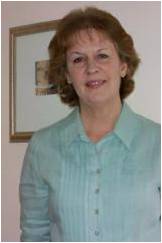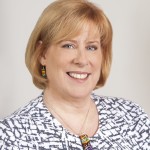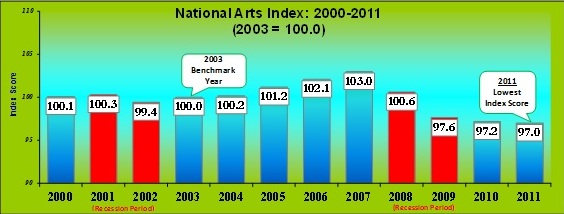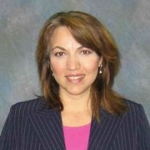
Ms. Allison Ball
Young Artists and Learning Connections
Posted by Sep 17, 2014

Ms. Allison Ball
 Allison Ball
Allison Ball
The National YoungArts Foundation was established in 1980 with the mission to identify and recognize outstanding young artists at critical junctures in their lives—the high school to college transition. Since its founding, YoungArts (youngarts.org) has recognized over 20,000 young people through their awards programs and has provided life-changing experiences, fostered connections with colleges, professional training programs, and most importantly, provided life-long connections between young artists who go on to build artistic communities and inspire each other to imagine new artistic possibilities. YoungArts supports the development of arts and the education thereof in schools, at homes and in communities. For many alumni, their artistic possibilities have been realized with careers on the Broadway stage, Hollywood and television, opera houses and symphonies, being represented in internationally known museum collections, listings as NY Times bestsellers, and receiving Emmy, Oscar and Tony awards. The best part of these stories is that they stem out of programs consistent with CYD principles.
Read More

 Adarsh Alphons
Adarsh Alphons
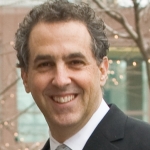
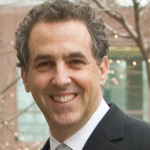 Jonathan Herman
Jonathan Herman

 Denise Montgomery
Denise Montgomery


 Jeff Poulin
Jeff Poulin
























